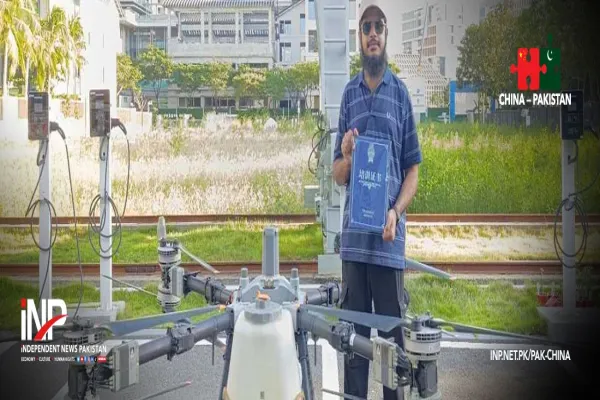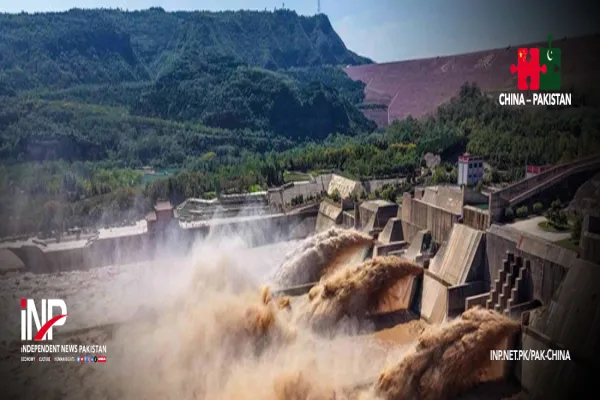i NEWS PAK-CHINA
Motorway will serve as a vital link in the China-Pakistan Economic Corridor (CPEC), bolstering both trade and tourism between the two countries, Gwadar Pro reported quoting National Highway Authority (NHA). In a major infrastructure breakthrough, the NHA has officially approved the construction of a 235-kilometer four-lane motorway connecting Mansehra to Kaghan, Naran, Jhal Kund, and ultimately Chilas.
This strategic project is poised to significantly reduce travel time and enhance regional connectivity. The new Mansehra-Kaghan-Naran-Chilas Motorway will cut the current travel time from seven hours to just two hours, offering a fast, safe, and efficient route through the scenic northern areas of Pakistan.
Once completed, the motorway will serve as a vital link in the China-Pakistan Economic Corridor (CPEC), bolstering both trade and tourism between the two countries. The motorway will be constructed in accordance with international standards. The Federal Minister for Communications has directed the NHA to immediately declare an emergency for the commencement of the project, underscoring the strategic importance and urgency of the development.
As of mid-May 2025, the Mansehra-Naran-Jalkhad (MNJ) Road has recently reopened after a six-month closure due to heavy snowfall. Tourists have started arriving in Kaghan Valley following the reopening . The Babusar Pass, which connects Naran to Chilas, remains closed due to snow accumulation. It is expected to reopen in the coming weeks as snow-clearing operations progress .
Experts believe that the recent approval holds the promise of transforming regional connectivity by potentially eliminating the longstanding six-month winter road closure between Naran and Chilas via Babusar Pass. As currently, the Mansehra-Naran-Jalkhad Road and the high-altitude Babusar Pass, which sits at approximately 13,700 feet, become impassable from late October to late May due to heavy snowfall and frequent landslides.
This seasonal closure disrupts tourism, restricts trade, and limits mobility for local residents. However, if the new motorway is constructed at a lower elevation and incorporates modern engineering solutions—such as tunnels, snow galleries, and avalanche protection systems similar to those used on the Karakoram Highway—it could function as an all-weather route.
This would ensure year-round access to the region, enabling uninterrupted trade along the CPEC, boosting tourism, and providing more reliable and safer transportation for both residents and visitors. The full benefits of the project, however, will depend on its final alignment. If the new motorway continues along the existing route over Babusar Pass, winter closures may still occur. But if it is strategically rerouted through lower valleys or includes weather-resistant infrastructure, the issue of seasonal inaccessibility could be permanently resolved.
Credit: Independent News Pakistan (INP) — Pak-China








